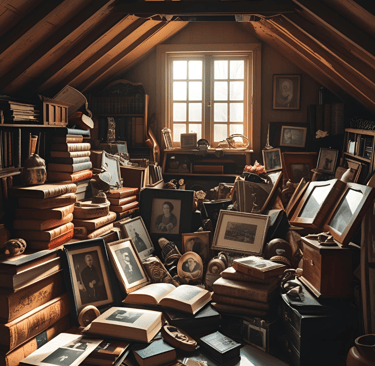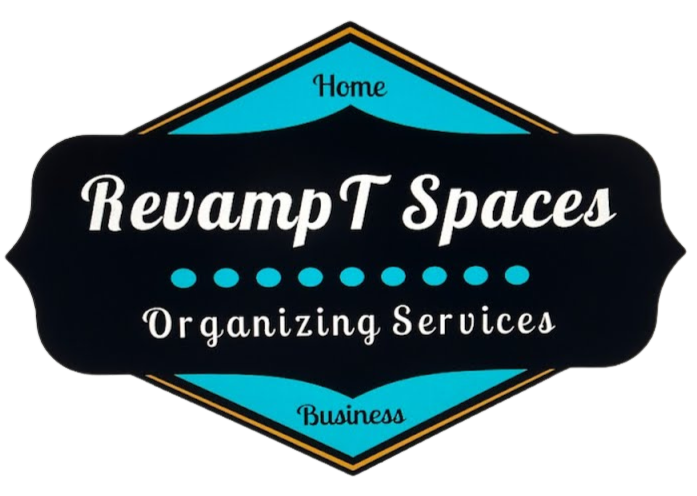Book your free 15 minute consultation today!
Beyond the Piles: Understanding and Tackling Emotional Clutter
Delve into emotional clutter, the often-hidden "stuff" tied to memories, guilt, or expectations. It offers compassionate advice and practical questions to help you declutter these challenging items and create a more peaceful home.
6/1/20253 min read


Beyond the Piles: Understanding and Tackling Emotional Clutter
As a Certified Home Organizer, I've seen it all – from towering stacks of papers to overflowing closets. But beneath the visible clutter, there's often a deeper, more challenging layer: emotional clutter. It's the "stuff" we hold onto not because it serves a practical purpose, but because it's tied to memories, expectations, or even anxieties. And frankly, it can be far more difficult to declutter than a pile of old magazines.
What is Emotional Clutter?
Emotional clutter isn't just about sentimental items (though they certainly play a role!). It can manifest in many ways:
"Someday" items: Those clothes that might fit again, the craft supplies for a project you intend to start, or the broken appliances you plan to fix. These often carry the weight of unmet expectations or future aspirations that may never materialize.
Gifts you don't love: We keep them out of guilt, obligation, or fear of offending someone. But they can become a silent reminder of discomfort every time you see them.
Mementoes that bring sadness: While some sentimental items spark joy, others can be tied to difficult memories, past heartbreaks, or lost loved ones, keeping us tethered to grief or regret.
"Just in case" items: A deep-seated fear of scarcity or future need can lead us to hoard things we rarely use, from extra toothbrushes to expired food.
Inherited items you don't want: The pressure to keep family heirlooms, even if they don't fit your style or space, can create a heavy burden.
The common thread? These items often create mental and emotional "drag," weighing us down and preventing us from fully embracing our present. They can contribute to feelings of overwhelm, guilt, and even anxiety, making it harder to truly enjoy our homes.
Tackling Emotional Clutter: A Compassionate Approach
Unlike physical clutter, emotional clutter requires a more tender and introspective approach. Here's how you can begin to untangle it:
Acknowledge the Emotion: Before you even touch an item, acknowledge the feelings it brings up. Is it guilt? Sadness? Hope? Fear? Simply recognizing the emotion is the first crucial step. Don't judge yourself for feeling it.
Ask the Hard Questions: Instead of "Do I use this?", try:
"Does this item serve my life now?"
"Does this item bring me joy or weigh me down?"
"Am I keeping this out of genuine love or out of obligation/fear?"
"What story am I telling myself by keeping this?"
"If I let this go, what emotion am I afraid of feeling?"
Create a "Memory Box" (with boundaries!): For truly sentimental items, designate a specific, limited space. This allows you to honor memories without letting them overtake your entire home. Be selective – not everything needs to be in it.
Process Guilt with Gratitude: For gifts you don't love, shift your perspective. Be grateful for the giver's thoughtfulness, then release the item with kindness. The value was in the giving, not in your keeping.
Reframe "Someday": For those "someday" items, give yourself a realistic timeline. If you haven't started that project or worn those clothes in six months (or a year, depending on the item), it might be time to let them go. Release the pressure of those unmet expectations.
Seek Support if Needed: If you find yourself deeply struggling with emotional clutter, particularly if it's tied to grief or significant life changes, consider talking to a therapist or counselor. A professional can provide invaluable support in processing these emotions.
Focus on Your Ideal Future: Instead of dwelling on the past, visualize the kind of home and life you want to create now. Does this item fit into that vision? Letting go of emotional clutter often frees up space for new possibilities and experiences.
Tackling emotional clutter is a journey, not a destination. Be patient and compassionate with yourself. Each item you release is a step towards a lighter, more intentional home – and a clearer, more peaceful mind.
If you're feeling overwhelmed and need guidance on navigating your emotional clutter, don't hesitate to reach out! As a Certified Home Organizer, I'm here to provide practical strategies and gentle encouragement to help you create a space that truly supports your well-being.
Have questions about getting started?
Ask us here!


